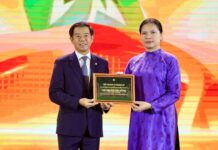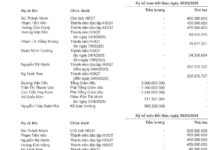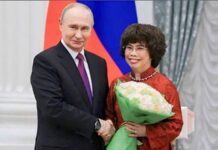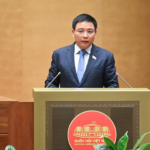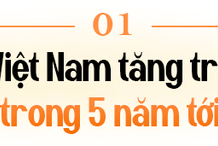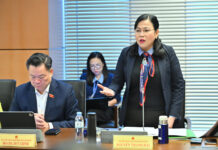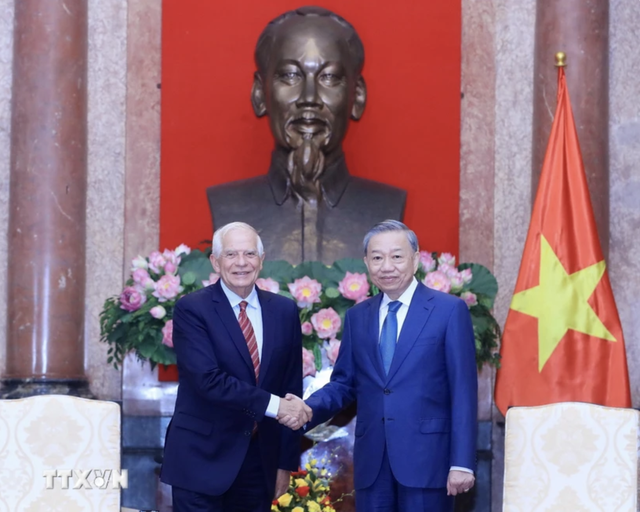Speaking at the morning session on November 3, Minister of Finance Nguyen Van Thang stated that the current Public Debt Management Law has been implemented, significantly contributing to economic growth. However, practical challenges and shortcomings have emerged, requiring timely resolution.
“Especially with the implementation of the two-tier local government model, the Government recognizes the need to review and amend several provisions in related laws. Following the Politburo’s directive, all institutional issues must be proactively addressed by the Government and submitted to the National Assembly for consideration this year to achieve substantial completion,” the Minister said.
Enterprises Gain Autonomy in ODA Loan Access
According to Minister Thang, the revised draft Public Debt Management Law introduces several notable changes, with the most significant being the mechanism for on-lending foreign loans.
A major innovation is allowing enterprises to directly propose on-lending without going through their managing ministry, as previously required. This change is expected to enhance autonomy for enterprises, particularly state-owned corporations and conglomerates, and reduce the time needed to access capital.
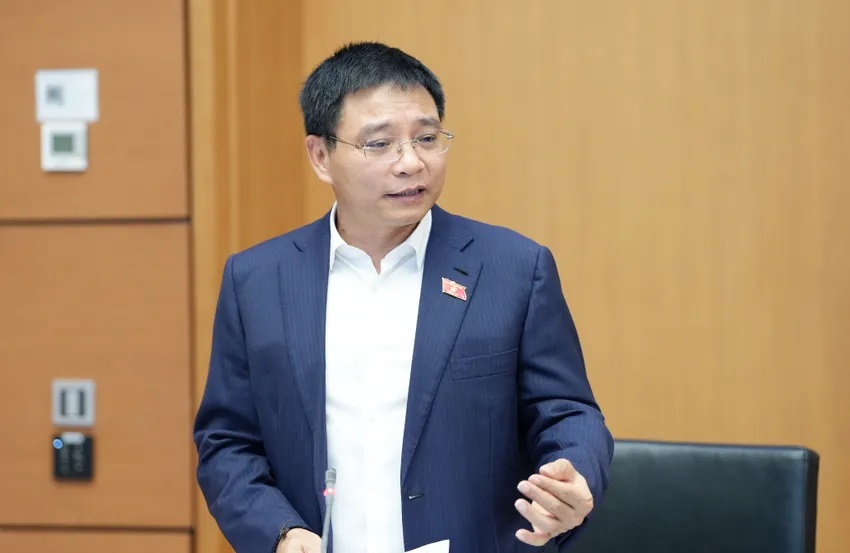 Minister of Finance Nguyen Van Thang. Photo: TRỌNG PHÚ
|
“Even subsidiaries of 100% state-owned enterprises are permitted to directly propose on-lending. However, the drafting agency will carefully consider ensuring the parent company’s role and responsibility to avoid potential risks,” Minister Thang noted.
The Minister highlighted that most ODA loans currently benefit large corporations like those in the oil and gas and electricity sectors, which have strong financial capabilities and autonomous production plans. Direct access to loans would allow these enterprises greater flexibility and reduce cumbersome internal procedures.
Regarding concerns from delegates about subsidiaries of 100% state-owned enterprises accessing ODA loans, the Minister assured that the drafting agency would further review and study the matter for additional reporting.
Notably, the draft does not yet clarify cases where state-owned enterprises do not hold 100% of the capital but still maintain control, such as Vietnam Airlines. “During difficult periods, the state supported Vietnam Airlines. Why shouldn’t such enterprises be allowed to access ODA loans? This is a point worth considering,” Minister Thang questioned.
For public service units, particularly research institutes and centers, the draft law specifies that units without financial autonomy will receive budget allocations, while autonomous units must take on-lending and be accountable for capital efficiency.
For local governments, the Government will issue a separate decree outlining flexible mechanisms for different groups. Struggling localities will receive 100% allocation, mid-tier localities 70% allocation and 30% on-lending, and more capable localities will receive lower allocation ratios.
“This mechanism ensures fairness, feasibility, and alignment with each locality’s financial capacity,” Minister Thang affirmed.
Another significant reform is the consolidation of functions between the Ministry of Finance and the Ministry of Planning and Investment in managing ODA loans.
“Previously, processing an ODA loan required involvement from two ministries, leading to prolonged file transfers. With organizational restructuring and institutional adjustments, loan management will now be unified, comprehensive, and more efficient,” Minister Thang explained.
Many ODA Projects Delayed, Procedures Twice as Long as International Standards
Addressing ODA loans, Minister Nguyen Van Thang candidly acknowledged, “While these funds have positively impacted economic growth, several limitations persist.”
Many localities, especially those facing difficulties, are hesitant to take on ODA loans due to complex and lengthy procedures, coupled with the significant burden of local budget counterpart funds. Numerous projects have already consumed half their validity period by the time agreements are signed, severely affecting capital utilization progress and efficiency.
In reality, some projects expire before full disbursement, necessitating extension negotiations or mid-project halts. “This is a significant issue in foreign loan management that the Ministry of Finance is actively addressing,” the Minister emphasized.
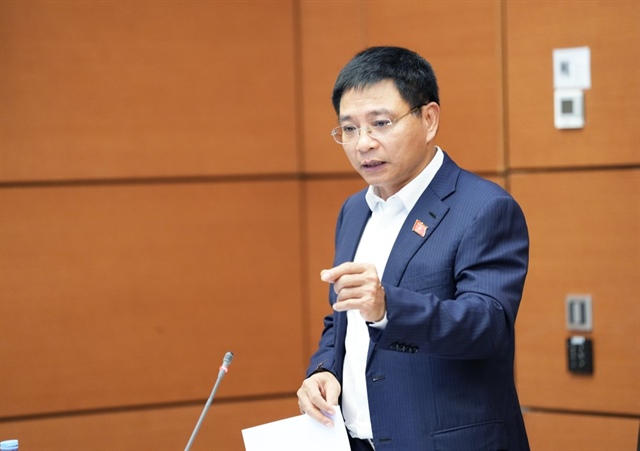
Minister of Finance Nguyen Van Thang. Photo: TRỌNG PHÚ |
According to information from donors like the World Bank, the average processing time for an ODA loan is around 12 months, whereas in Vietnam, it is often double or even triple that. “This is clearly inadequate,” he stressed.
In response, the Ministry of Finance has proposed amendments to the ODA Management Decree to shorten processing times. The goal is to complete all procedures within 12 months for standard projects and no more than 14 months for complex cases.
Minister Thang identified inadequate project preparation and unrealistic financial documentation as key factors reducing ODA effectiveness, leading to additional procedures during implementation.
“We must recognize that ODA loans are debts requiring both principal and interest repayment. Therefore, each project must undergo thorough financial viability assessment to ensure borrowing for development and profitability, not for stockpiling,” the Minister stressed.
This perspective is institutionalized in the new Decree and integrated into the revised draft Public Debt Management Law, ensuring more centralized, unified, and effective debt management.
Minister Thang cited, “Among the world’s top 10 borrowing nations, all are developed economies. Despite public debt ratios reaching 150–200% of GDP, they remain stable because these loans yield tangible benefits and added value.”
TRỌNG PHÚ
– 14:29 03/11/2025
Why China Dominates the Robot Vacuum Market, Despite American Innovation
Like many other consumer electronics sectors, Chinese brands dominate the global market share for robot vacuum cleaners.
“Mobilizing Capital for Businesses: Secretary-General To Lam Calls for Improved Financial Strategies”
“In his speech at the 80th Anniversary of the Traditional Finance Sector, General Secretary To Lam emphasized the need for the finance industry to devise effective strategies to mobilize resources more efficiently. He stressed the importance of leveraging the potential of the financial market, capital market, and stock market, as well as tapping into the economic resources of the people. By doing so, the industry can enhance its attraction of domestic and foreign capital, thereby creating better channels for businesses, especially private enterprises, to raise funds.”
The Race to Build HCMC’s Metro Line 2: Unveiling the $2 Billion Project
The Ho Chi Minh City administration has made a strategic decision to utilize its own budget to construct the highly-anticipated Metro Line 2, connecting Ben Thanh and Tham Luong. This marks a shift from the previous plan of relying on ODA loans, showcasing the city’s commitment to taking charge of its infrastructure development.
The Metro Line: A Vision for Progress
A proposal to bring progress and development to the city, with a new vision for the Metro Ben Thanh – Tham Luong line, now to be realized with a government-funded budget.
The Ho Chi Minh City authorities have announced that the 11-kilometer Ben Thanh – Tham Luong section of the Metro Line 2 will now be funded by the state budget, rather than through ODA capital as previously planned. This shift in funding sources underscores the government’s commitment to modernizing the city’s transport infrastructure and creating a seamless, efficient, and world-class metro system.











